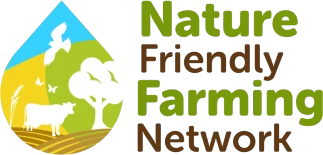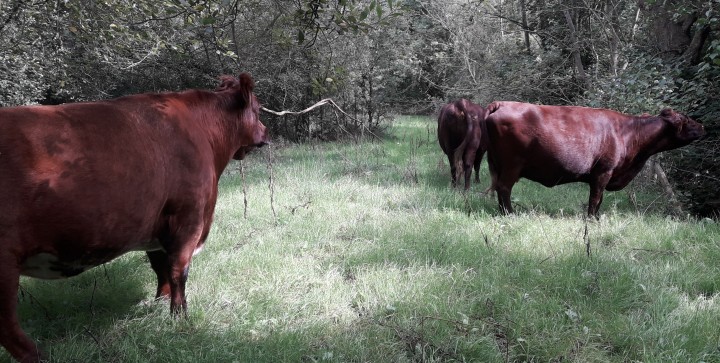For three decades, Bill and Cath Grayson have combined farming and ecology to manage livestock on hundreds of hectares of land for nature at Morecambe Bay.
The Arnside and Silverdale National Landscape is a striking patchwork of limestone hills and pavements, ancient woodlands, rich pasture and wide wetlands, all nestled around the shores of Morecambe Bay where Cumbria meets and Lancashire.
This is where Bill and Cath Grayson have spent the past three decades developing the Morecambe Bay Conservation Grazing Company, which now manages cattle and sheep across 600 hectares of land that also serves as a haven for wildlife.
Originally trained as ecologists, Bill and Cath spent a decade as National Trust tenants before leaving to establish their own conservation grazing enterprise, firmly built on ecological principles. Their move into agriculture was driven by the growing realisation that increasingly intensive farming methods were taking a heavy toll on biodiversity.
“We could see that farming needed people who really understood how ecosystems worked,” says Bill. “Much of the land we now manage had been abandoned by the end of the ’80s because it was considered too unproductive. Although conservation bodies were looking after it, many sites had gone 10 to 20 years without grazing. As a result, these sites started to lose some of their most valuable biodiversity. They needed grazing livestock back.”
Today, Bill and Cath graze their cattle and sheep across around 40 different sites. The largest blocks cover about 120 hectares, while the smallest measure just half a hectare. Most of this land is managed for nature by organisations such as RSPB, The Wildlife Trust, the Woodland Trust and Natural England.



